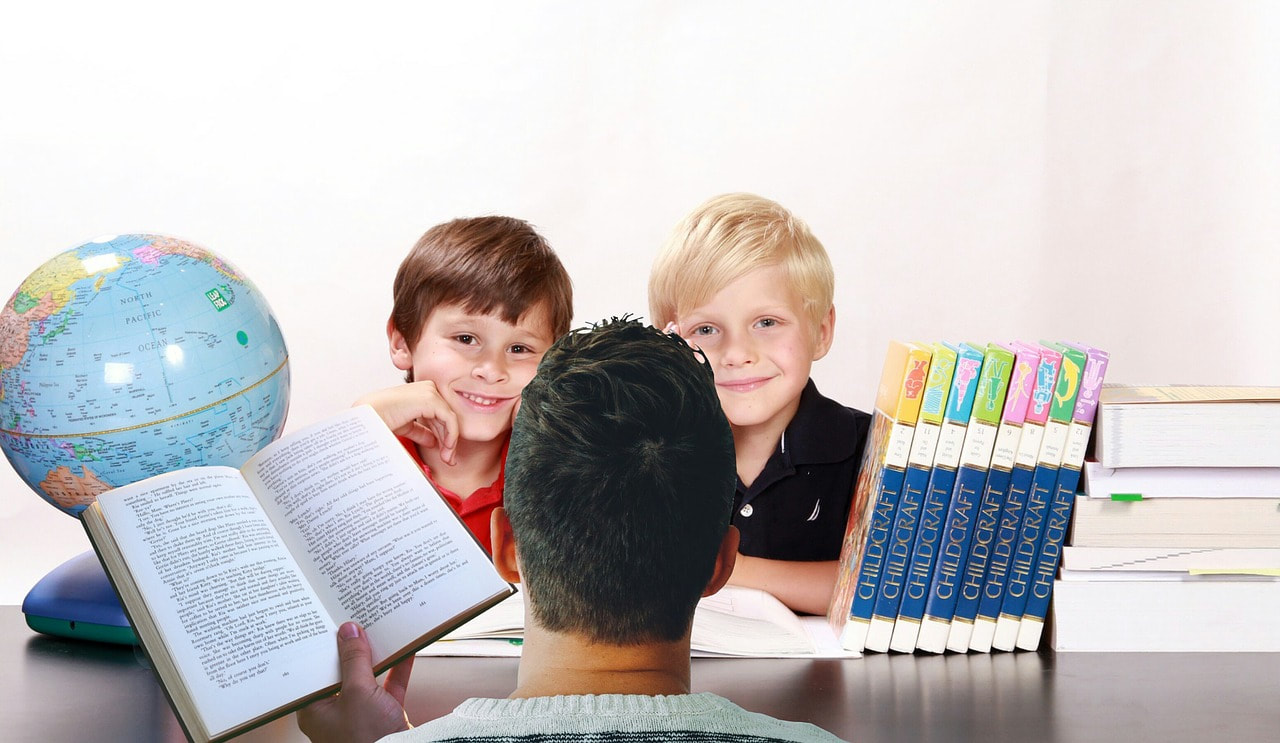 Photo Courtesy Mohamed Hassan, Pixabay The new normal. It’s a phrase being thrown around a lot these days, as the majority of the United States adjusts to life under mandatory stay-at-home orders due to COVID-19. Non-essential businesses are closed, with much of the workforce now either unemployed or figuring out how to work from home. Schools also have closed, with some more prepared than others to remotely instruct students. Some parents are now scrambling to maintain work productivity from home while serving as secondary teachers to their children. It is an exhausting and frustrating reality for all involved. Don’t get discouraged! There are ways to help even the most distracted child to adapt to remote learning. Let’s discuss a few strategies parents may find useful. Create a Learning Schedule For schools that have mandated a daily learning schedule with set start and end times, parents will have little flexibility. But for those providing tasks and assignments to be completed for the day with little to no guidance on required hours of participation, establishing a routine is beneficial for everyone. Allow children some input on their daily schedule. Being thrust into this new reality is stressful for children of all ages, so giving them some choice in how remote learning is accomplished will help ease anxiety for everyone. Choose a start and end time for remote learning. It is important to remember that traditional brick and mortar schools build in time for lunch, recess and hallway transitions. So while a typical in-school day may last 7-8 hours, an at-home schedule will likely be 4-5 hours or less. Just as in school, children should be given breaks throughout their at-home learning day. This includes breaks to stretch, for snacks and lunch and even for physical exercise. If your child enjoys gym class at school, work in physical exercise as part of your daily routine. Studies have shown that regular physical exercise throughout the day improves academic performance and the ability to focus. It also relieves stress, which adults and children alike are under a lot of in these uncertain times. Make the physical activity fun and engaging, and if possible, join your children in it. Once the learning schedule is established, do your best to stick with it to provide a sense of normalcy to the new at-home learning experience. Digesting the Material While remote learning is an entirely new experience for a lot of families, it is equally uncharted territory for many educators. Most teachers, especially those of the primary grades, are used to teaching in a classroom in front of their students. Although remote learning is amazing, it is not an equal substitute for the kind of interaction students and teachers experience in the physical classroom together. Try to be understanding and patient with teachers as they work hard to provide online lessons, lectures and other materials to their students. As with anything else, there is a learning curve for all involved. If something isn’t working for your child, reach out to the teacher to provide feedback. Most teachers appreciate honest – and kind – feedback from parents and students and will make accommodations when necessary. Remember, we’re all in this together! Supervision of Learning Most parents are not teachers. If this coronavirus pandemic has taught us anything, it’s that teachers are amazing human beings who should be thoroughly appreciated for their patience with our children. Teaching is hard and it certainly is not for the faint of heart. But here we are, making the best of a situation. For older students, the good news is, they probably need very little assistance in understanding their work and completing it. Many schools are including live or pre-recorded lectures for harder subjects like math and science. Younger children may require more supervision and reminders to stay on task. They also may need more assistance in understanding and completing assignments. If your school is relying on digital learning, including apps and software, children likely will need help logging in and navigating through it. And as we all know, computers and digital devices are wonderful for learning – when they work. Children may find themselves needing help if an app or device isn’t working as it should. Reaching out for Help If remote learning just isn’t going well for you or your children, don’t be afraid to reach out for help. Maybe your child is finding Calculus a little hard without the benefit of in-person teaching in the classroom. Or the instructions for that virtual Biology lab are less than clear, and additional information from the teacher hasn’t resolved your issue. Students – and parents – sometimes need a little extra help, even when we’re not in the middle of a global pandemic that has changed the way we educate our children. When that happens, reach out to those who can step in and explain that differential equation or walk through the science lab step-by-step until students understand the lesson behind it. Tutors are a great resource during these difficult times. In keeping with the guidelines for social distancing, most tutoring lessons can be conducted online. Interested in learning more about how a tutor can help? Check out some of these online tutoring resources:  About the Author Shari L. Berg is an award-winning writer with more than 20 years of experience. Writing is not just a career for Shari. It is her passion. From poetry to short stories, feature stories and blog posts, Shari has spent a lifetime perfecting her art. She is a published author of "Wars End With Me," (2018) and "Pioneer Proud: Celebrating 50 Years of Butler County Community College" (2015).
0 Comments
Your comment will be posted after it is approved.
Leave a Reply. |
Categories
All
Archives
April 2024
|
